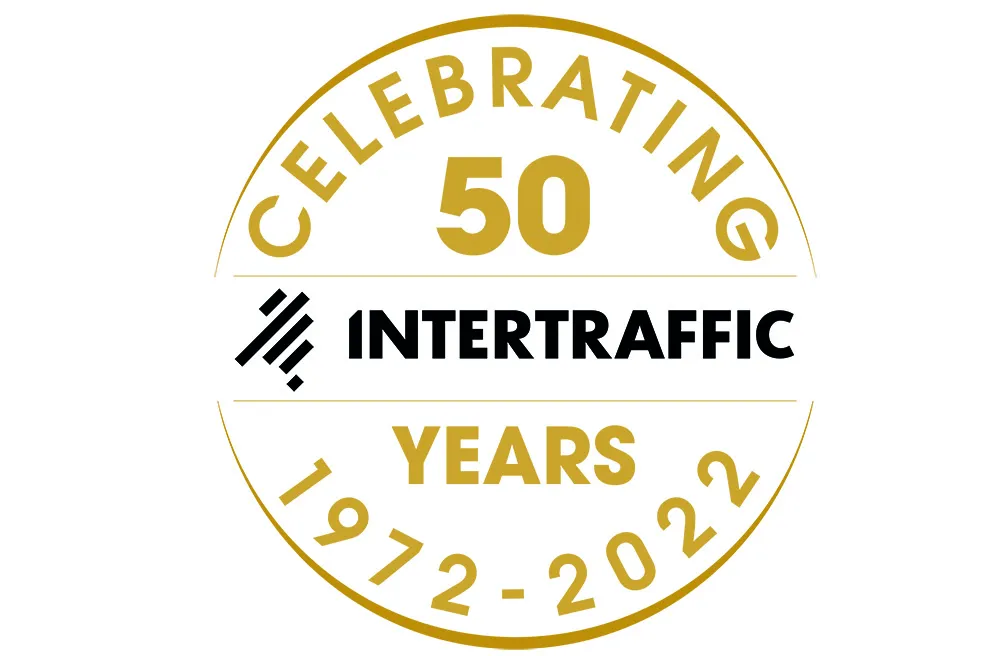Belarus’ national road safety authority Safe Roads of Belarus has awarded Vitronic Nordic East a contract for 60 PoliScan laser-based speed enforcement units.
The PoliScan systems use Lidar (light detection and ranging) technology, which works with an invisible infrared laser. According to Vitronic, the readings obtained are more reliable and fairer to drivers than those from conventional radar systems, while the maintenance costs for PoliScan systems are lower than those for conventional loop technolo
June 26, 2014
Read time: 2 mins
Belarus’ national road safety authority Safe Roads of Belarus has awarded 147 Vitronic Nordic East a contract for 60 PoliScan laser-based speed enforcement units.
The PoliScan systems use Lidar (light detection and ranging) technology, which works with an invisible infrared laser. According to Vitronic, the readings obtained are more reliable and fairer to drivers than those from conventional radar systems, while the maintenance costs for PoliScan systems are lower than those for conventional loop technology.
The award follows a length testing phase, during which the incident detection rate of ten different speed enforcement devices was tested in demanding, high-volume traffic and at high speeds across multiple lanes.
"We conducted tests under several road-related and meteorological conditions – and recorded great results with the device. By determining the speed using a method involving a laser scanner, traffic offenders can be precisely identified,” commented Dmitri Kurnosenko, chairman of the Supervisory Board of Safe Roads of Belarus.
The PoliScan systems use Lidar (light detection and ranging) technology, which works with an invisible infrared laser. According to Vitronic, the readings obtained are more reliable and fairer to drivers than those from conventional radar systems, while the maintenance costs for PoliScan systems are lower than those for conventional loop technology.
The award follows a length testing phase, during which the incident detection rate of ten different speed enforcement devices was tested in demanding, high-volume traffic and at high speeds across multiple lanes.
"We conducted tests under several road-related and meteorological conditions – and recorded great results with the device. By determining the speed using a method involving a laser scanner, traffic offenders can be precisely identified,” commented Dmitri Kurnosenko, chairman of the Supervisory Board of Safe Roads of Belarus.









